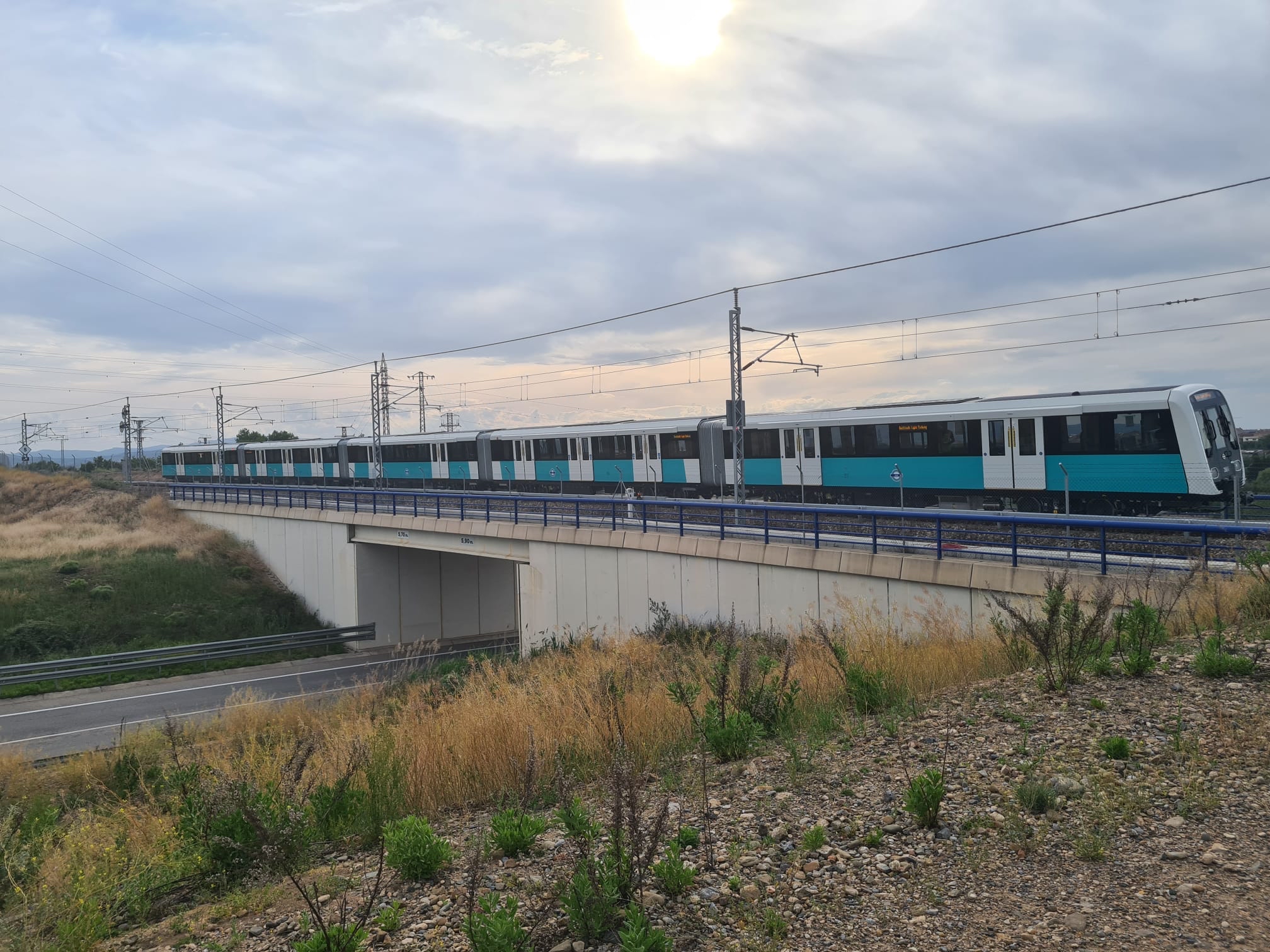 Construcciones y Auxiliar de Ferrocarriles (CAF) awarded Hübner group a contract to supply 172 gangway systems for the new generation of DLR trains in London.
Construcciones y Auxiliar de Ferrocarriles (CAF) awarded Hübner group a contract to supply 172 gangway systems for the new generation of DLR trains in London.
The gangway systems will be installed in 43 trains for the transport operator Docklands Light Railway (DLR). The new vehicles will replace part of the fleet that is currently in service on the DLR network in the British capital of London.
The Hübner gangway systems on the new DLR trains will offer passengers a higher level of comfort and convenience. In the new trains, which have a total of five sections, it will be possible to walk continuously from one end of the train to the other. The present trains consist of three separate coupled groups of cars, which are only individually accessible.
With a length of 1.5 meter-long, the gangway systems Hübner has developed for CAF’s new generation of trains are longer than conventional gangways. “The special design of our gangway systems for DLR makes it possible for the trains to handle even very tight track curves with confidence,” Hübner Project Manager Marcus Dietrich said.
CAF and DLR will also benefit from Hübner’s extensive know-how in textile development. The gangway systems in the new trains meet the highest requirements with regard to the European rail fire protection standard EN 45545-2 (Hazard Level 3).
In June 2019, Transport for London awarded CAF a contract to design and construct 43 five-car trains for Docklands Light Railway, and the order has been increased by 11 more trains bringing the entire fleet to 54 units. 33 out of the new trains will replace the oldest rolling stock, some of which are more than 30 years old and coming to the end of their design life, and 21 will boost capacity across the DLR network.
The first of the new trains arrived at Beckton depot, London, in January 2023. They’re being tested and integrated with the DLR’s signalling system to ensure they’re reliable when they come into service.
The first batch of new trains will be put into operation in 2024 and all the new DLR trains are expected to enter service by 2026.
Share on:








